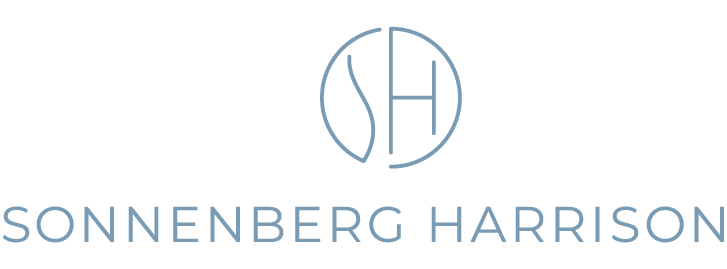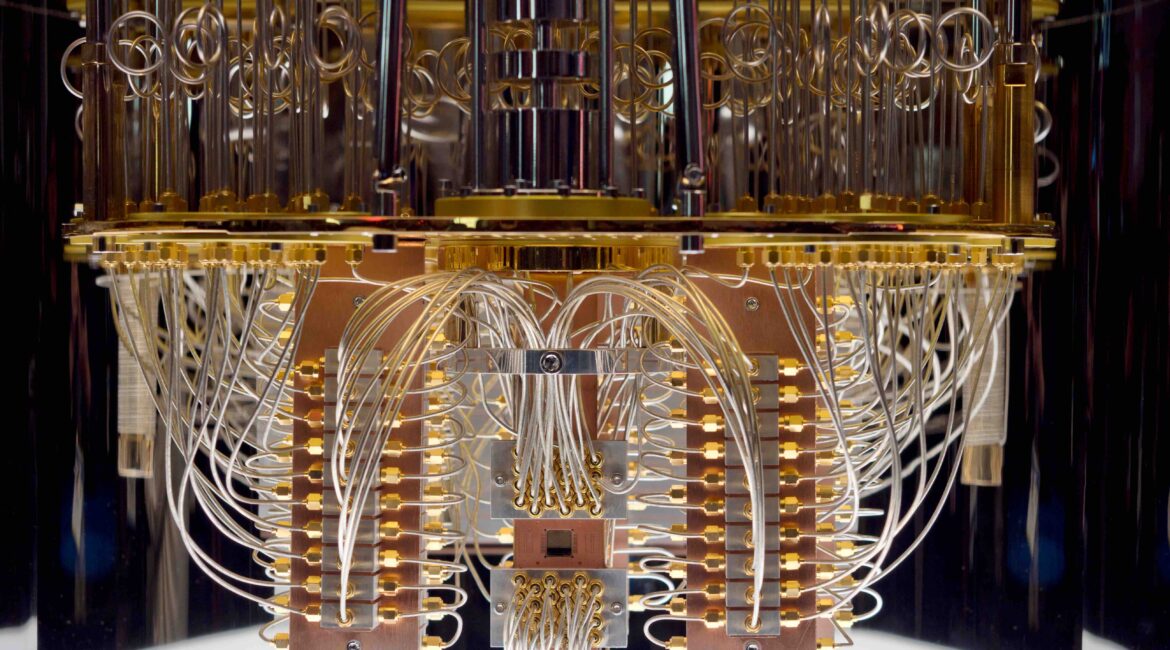Regular analyses of patent applications world wide show that quantum computing is one of the fastest growing technologies and governments are investing large sums of money. One prediction, dating from 2020, suggests that the quantum computing market could read USD 1 trillion by 2035.
With such large sums being poured into the business, it’s important for innovators to think about how they should protect their intellectual property. This can be done by a mixture of patent, trade secret and copyright protection.
Patent Protection
A granted (approved) patent grants its holder an exclusive to prevent others from making, selling (or offering to sell), importing, or otherwise using the patented innovation for a limited period. This is typically 20 years if the patent is regularly renewed. In exchange, the holder must publicly disclose full details of the invention.
Patents may be sold or licensed to others in exchange for a license fee, or for the rights to use other patents. They can also be filed as a defensive right – to stop others from patenting the technology and thereby ensure “freedom-to-operate” an invention.
Increasingly, there are “land grabs” as companies file for patent protection in quantum technology and push their (patented) solution in standard-setting organization, such as that organized by the IEEE, to obtain additional licensing revenue. Even those companies not interested in offensively asserting their patented rights can benefit from filing patent applications to reduce license payments for standardized technology or to bargain for access to patents held by competitors.
Patentability Issues
Particularly in the field of computing, there are restrictions on the subject matter that can be patented. Hardware-based patents may receive objections on the basis that previous work is similar to the newly filed applications and that the new idea is “obvious” or lacking an inventive step. Software-based patent applications may be objected to on the basis that they are “ineligible subject-matter” in the United States or merely “computer programs” in Europe.
A detailed specification setting out the technical advantages of the innovation over the prior art will often help in overcoming these objections. It is also useful to describe the integration of the innovation into a practical application as this may form the basis for the application. Clearly adding a description of the hardware used into the specification and adding hardware-based features into the patent claims will also help overcome any reservations that the patent examiner may have.
Copyright Protection
Quantum software, like all computer programs, is eligible for copyright protection. Software copyrights last much longer than patents. The length of time depends on the countries, but can be up to the lifetime of the author plus 70 years. Clearly many software programs are collaborative efforts which can complicate determination of the lifetime.
In many countries, copyright protection is obtained by simply writing the code. It’s important to keep a record of when and who created the code if there is ever a challenge. Some copyright holders chose to file copies of their code through a lawyer’s office or an escrow agency to have a “neutral” body recording the date of creation.
In the United States, registration of the software can be done through the US Copyright Office.
Infringement
In addition to the challenges of obtain patent protection, it can be difficult to enforce quantum computing patents as detection of infringement may be complicated. In particular, the quantum hardware may be inaccessible because much of today’s quantum computing is based in the cloud. Reverse engineering is moreover complicated by the fact that quantum computing occurs in a superposition of quantum states and these quantum states are destroyed when observed. A well drafted patent application can often overcome these issues if thought is given on the detection of the infringement.
Trade Secret Protection
In some case, trade secret protection can be best for technologies that cannot easily be reverse- engineered. This type of protection arises automatically and is not limited in time. It relies on the technology being kept confidential as it only lasts until the secret technology is independently discovered, reverse engineered, or disclosed by the owner.
Companies wishing to keep (some of) their innovations secret need to make sure that those secrets are not disclosed and that employees are aware of their obligations, even when the employee leaves the company. The company can take legal action to ensure the secret is not used or disclosed and may also involve criminal penalties.
Summary
Different companies will choose different strategies to protect their innovations depending on their commercialization strategies or investment needs. A healthy mix of security policies to protect their technical and commercial information, combined with a focused intellectual property strategy will help secure for their innovations a place in the future of quantum computing.
If you would like more information, then don’t hesitate to contact us.




